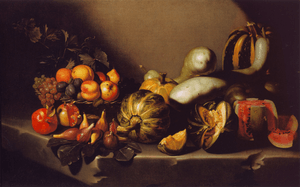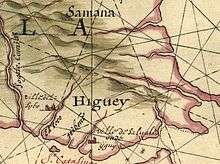Top-left lighting

Top-left lighting is an artistic convention in which illustrations are produced so that the light appears to come from the top left of the picture.
Most people prefer lighting from the left when resolving a convex-concave ambiguity, and this preference may be stronger for right-handed people. This is reflected in Roman mosaics and in Renaissance, baroque and impressionist art.[1][2]
In cartography, the predominant custom of placing the shadow on the right-hand side of hill profiles was established during the 15th century.[3] Computer interfaces tend to use top left lighting as well, although this trend has gradually shifted more towards light coming straight from the top.
There are notable exceptions to this convention, such as Sandro Botticelli's The Birth of Venus due to the point of view which may represent geographical perspective and location.

References
- ↑ J. Sun and P. Perona, "Where is the sun?", Nature Neuroscience, 1(3), 183-184, 1998.
- ↑ McManus, I Christopher; Joseph Buckman; Euan Woolley (2004). "Is light in pictures presumed to come from the left side?" (PDF). Perception. 33: 1422. doi:10.1068/p5289. Retrieved 4 March 2014.
- ↑ E. Imhof, Cartographic Relief Presentation, Walter de Gruyter, 1982, reissued by ESRI Press, 2007, ISBN 978-1-58948-026-1, pp. 2-3.